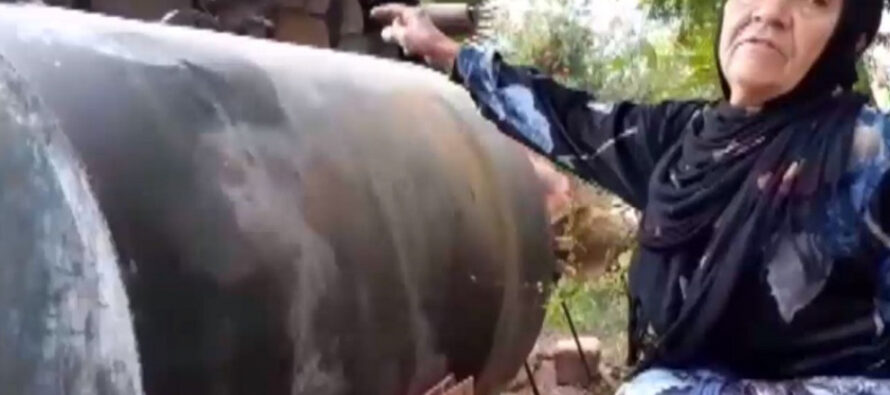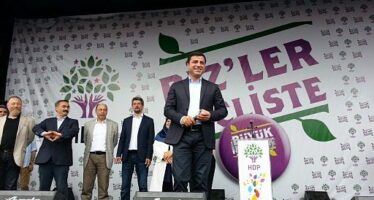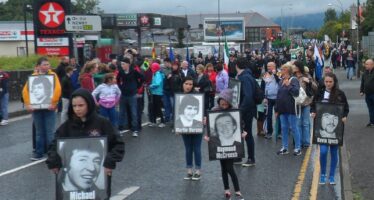Turkish army and mercenaries attacked villages of Serêkaniyê

![]()
The Turkish state and its mercenaries attacked many villages of Serêkaniyê on Friday and met with the resistance of the SDF fighters who responded within the scope of self-defense. The invaders were dealt a heavy blow in the region.
The invading Turkish state and its mercenaries continue to violate the ceasefire agreement they have signed.
On Friday, the invading army and mercenaries carried out intensive attacks on the villages of Serêkaniyê. SDF fighters in the region also responded to the invasion attacks within the scope of self-defense.
The balance of the attacks in the region is as follows:
* Invading Turkish soldiers and mercenaries attacked the town of Zirgan in Serêkaniyê on Friday morning. The attacks continued uninterrupted until 1.30 pm. Responding to attacks within the scope of self-defense, SDF fighters repelled the action. A large number of invaders were killed and wounded, it was reported.
* Another village of Serêkaniyê attacked by invaders was Esadiyê. The invading Turkish army and mercenaries wanted to enter the village with panzers. The SDF fighters, protecting their posts, destroyed an occupiers vehicle in the village. The attacks here were repulsed.
* The mercenaries that attacked the village of Bir Noah in Serêkaniyê faced the resistance of the SDF fighters who were protecting their lands. Responding to attacks within the scope of self-defense, the SDF fighters destroyed a panzer belonging to the occupiers who tried to enter the village.
* In the village of Nuh, a group of 10 mercenaries tried to capture the posts of the SDF fighters. Several mercenaries were killed and wounded when faced with resistance.
* Another village attacked by the invaders was Menacir. Here too SDF fighter resisted the attacks and repelled the mercenaries, killing many.
* 2 civilians were wounded in the attacks against the village of Menacir.
* The invading Turkish state and its mercenaries attacked the village of Derdara in the east of Serêkaniyê with heavy weapons at around 3 pm on Friday. There were violent clashes in the region as SDF fighters responded to the attacks.
Related Articles
Guerrilla families: Bodies are beyond recognition
![]()
Distraught families were shown photos of bodies mutilated beyond recognition Families who went to Malatya’s morgue today were only shown
TURKEY: AKP WAR AGAINST PARLIAMENTARY OPPOSITION
![]()
We learn that HDP Deputies Ahmet Yıldırım and İbrahim Ayhan have also lost their parliamentary status after being convicted in criminal court
1981 Hunger Strike – inflicted a historic defeat on the Thatcher government
![]()
Several weeks ago Sinn Féin’s hugely successful and popular re-enactment of the funeral of O’Donovan Rossa showed what can be achieved to further popularise the struggle for freedom, as well as to celebrate the lives of national heroes




